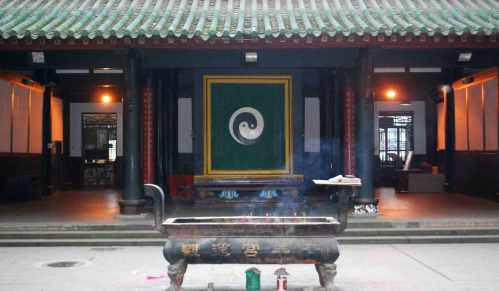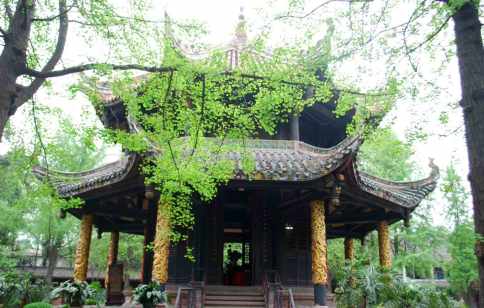“You spoke of Tao the other day”, said Kitty, after a pause. “Tell me what it is.”
Waddington gave her a little look, hesitated for an instant, and then with a faint smile on his comic face answered:
“It is the Way and the Waygoer. It is the eternal road along which walk all beings, but no being made it for itself is being. It is everything and nothing. From it all things spring, all things conform to it, and to it at last all things return. It is a square without angles, a sound to which ears cannot hear, and an image without form. It is a vast net and though its meshes are as wide as the sea it lets nothing through. It is the sanctuary where all things find refuge. It is nowhere but without looking out of the window you may see it. Desire not to desire, it teaches and leave all things to take their course. He that humbles himself shall be preserved entire. He that bends shall be made straight. Failure is the foundation of success and success is the lurking place of failure, but who can tell when the turning point will come? He who strives after tenderness can become even as a little child. Gentleness brings victory to him who attacks and safety to him who defends. Mighty is he who conquers himself.”
“Does it mean anything?”
“Sometimes, when I’ve had half a dozen whiskies and look up at the stars, I think perhaps it does,”
From: The Painted Veil, W. Somerset Maughan, 1925
The photos show Qingyang Gong Taoist temple in Chengdu, Sichuan Province, China. The leaves in the foreground of the lower picture are from some of the many gingko trees planted in the grounds.


